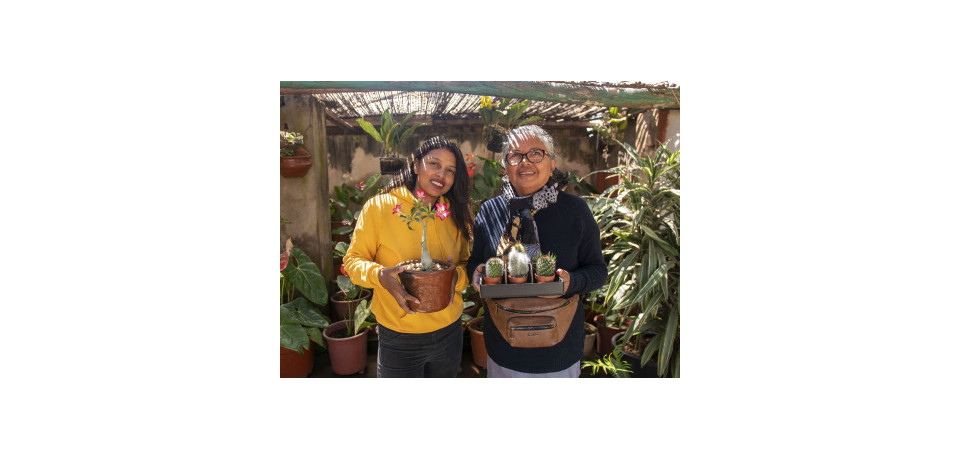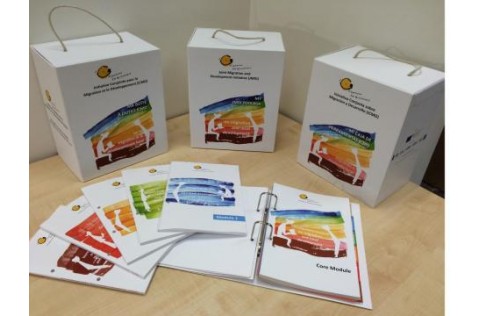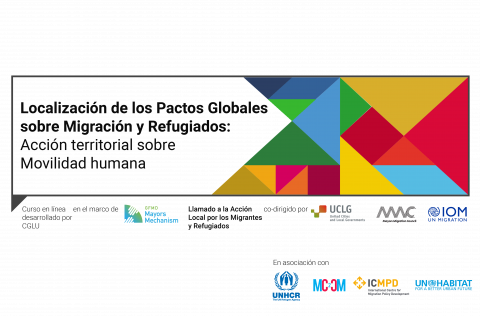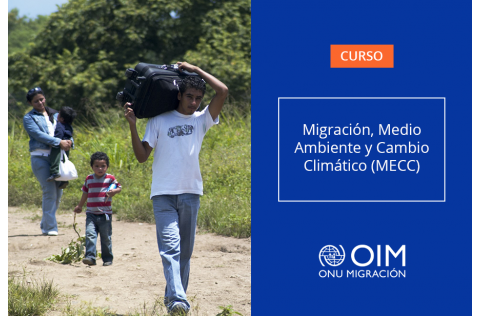Migrant Contributions to Society: Training for Journalists and Media
Audrey Hickcox, IOM Knowledge Management and Communications Officer, ahickcox@iom.int
Objetivos de Desarrollo Sostenible Relacionados y Objetivos del Pacto Mundial sobre Migración
This course will provide a short introduction to the ways migration and migrants enhance our communities, and the risks that excluding or ignoring the realities of migration pose.
This course aims to enhance journalists’ and other communications experts’ abilities to understand and accurately inform the public about how human mobility impacts their community, economy, and society by providing short case studies that showcase how migration relates to various facets of our life, such as employment, environment & climate change, education, and health.
The case studies included in this course are:
- Preventing Forced Migration and Adapting to a Changing Climate
- Healthy Migrants, Healthy Communities
- Enriching Rural Communities Through Migration for Sustainable Agriculture
- Return Migrants Contributing to Entrepreneurship and Growth
- Migrant Mineworkers Advocating for Decent Work
- Returning Migrants Participating in Decision-Making Back Home
- Protecting Sustainable Livelihoods with Innovative Border Security
- Migrants Working with Megacities on Disaster Risk Reduction
- Harnessing Human Potential Through Schooling for All
Migrants can help build stronger, more inclusive, and resilient communities through the knowledge, networks, and skills that they bring to their communities. Shaping our world at every turn, migration is a global phenomenon that touches us all. We are all reliant – for our health, our food, and our economy – on the safe, orderly, and regular movement of people. At the same time, the pandemic has also demonstrated that reduced human mobility can have significant negative effects on our communities, exacerbating inequalities and poverty and putting our global progress towards prosperous and healthy societies (what is often termed “sustainable development”) at risk.
Sustainable development means progress for all, not only some and to do this, we must create equal societies that are inclusive of migrants, regardless of their status. The case studies used in this course will provide real-life examples to demonstrate why and how. These videos are part of a series that has been produced by IOM through the “Mainstreaming Migration into International Cooperation and Development” (MMICD) initiative funded by the EU.
Check out the Global Migration Media Academy for more resources and training for journalists and media professionals interested in improving their reporting to create a more balanced narrative on migration.



